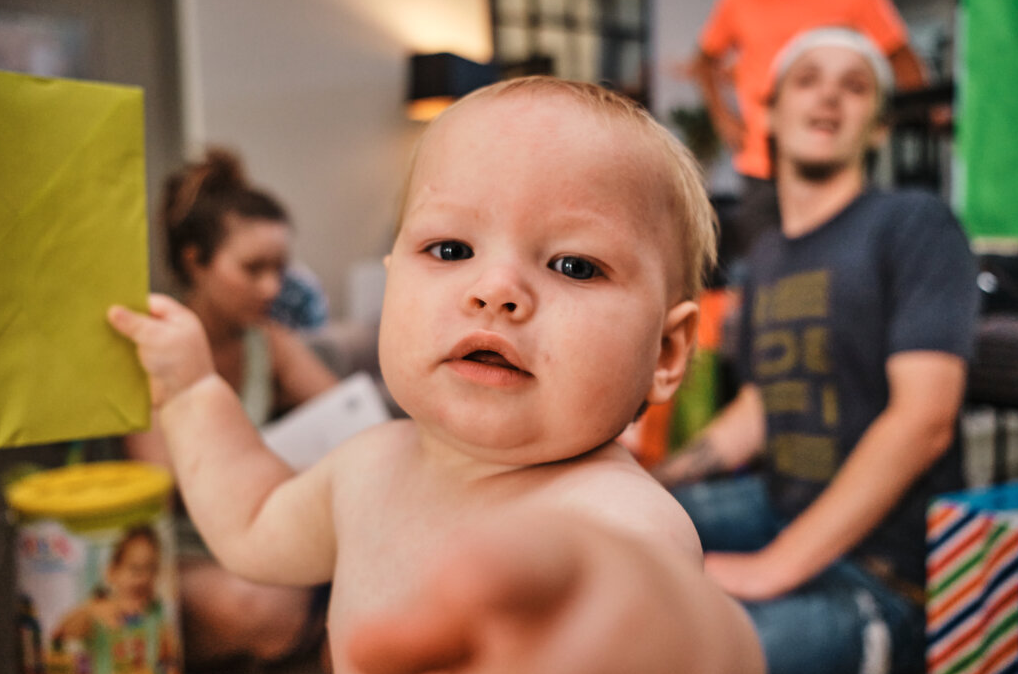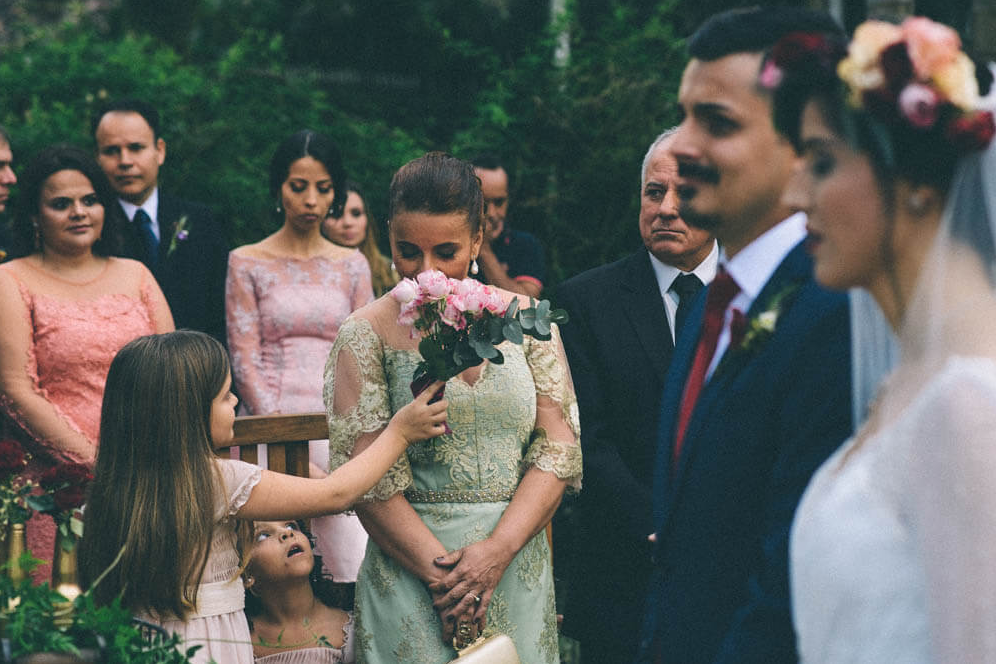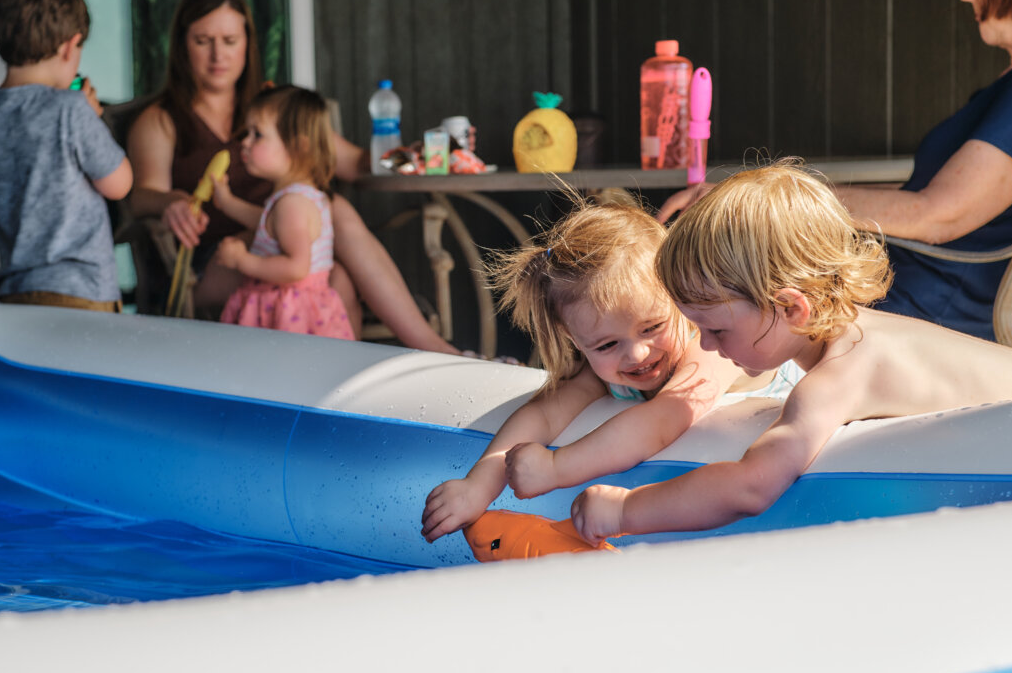I got my first exposure to event photography as an assistant. I felt like a stranger on the day. I had the opportunity to learn a lot because I shot some photos and was also the photographer’s assistant. This was actually the third time I took pictures.
I was able to enjoy the event photography. The fact that my photos were not very good, it didn’t matter because I had the opportunity to help with the lighting. He gave me feedback on my photos and advice for how to improve.
I’ve gathered some event photography tips below.
Tip 1: Know your settings
If you’re an event photographer with experience, this isn’t for you. It’s still important, especially if you are a professional.
You don’t have to shoot in full manual mode all the time. It’s not necessary to always shoot in manual mode.
To expose, you set your aperture to the largest possible setting on your camera. When you want to freeze action and avoid motion blur in your photo, you put your camera into shutter priority mode.
What is the exposure triangle HTML0?
- A slow shutter speed can result in photos that are underexposed. Photos with a shutter speed too low will be dark.
- An aperture is a hole that allows light to enter the camera. Wider apertures are best for low-light conditions and create a shallow depth focus known as “bokeh”. Smaller apertures produce a larger depth of field, which means more of the image is in focus.
- The ISO of the camera is its sensitivity. A higher ISO will brighten the image, but can introduce grain. Lowering the ISO will darken the photo.

2: Essential Gear
The gear that you choose depends on the type of photography you will be doing. For example, if you’re hired to take pictures of large crowds of people at an indoor event, it may require you to use large flashes. You should discuss the desired style of photos with the organizer.
These items are essential for casual/small gatherings.
- A camera can be used as well
- I’ve shot entire events using a 35mm lens. However, I prefer to use two 35mm lenses, one for the event and the other with a mid-range zoom.
- A flash is always useful, especially if you plan to take pictures in a dark indoor area.
- Charge batteries and backup memory cards before your trip!
Because cameras and lenses are expensive, I can understand why not everyone keeps backups. It is smart to have backups in the event of an accident.
Understand Your camera equipment inside and out

It’s obvious that even though I thought I understood how to operate my camera, there were still settings that I did not know. The process was slowed, and I missed some shots.
You don’t need to read your camera manual front-to-back, but you should understand its buttons, settings, and quirks. Don’t fiddle with the settings when people are waiting to take their pictures or during important events.
Wireless triggers can be used as well as off-camera flash. Practice using these devices before an event to make sure they’re easy to operate.
Photograph in RAW
You cannot predict the lighting at an event. The most skilled photographers may not be able get the correct exposure. By shooting in RAW you have greater freedom to adjust and edit the images.
You can edit RAW files if you don’t get your exposure just right.
By shooting in RAW, I can adjust shadows and expose without losing much quality. JPEGs will result in a lower quality image.
Discover what your clients want
This will help you avoid any miscommunications and ensure that both parties have a positive experience. It will help to avoid miscommunications and result in an enjoyable experience for you both.

Create a list of shots
Ask them if they have any additional shots to include. You can ask them to add any other shots.
A shot list is useful when the client has months to go before the event. A client can request photos at any time during the event.
Arrive early and assess the lighting conditions
Get there early to the event. This will save you a lot of stress. By arriving early, you can get your bearings.
By arriving early, you can check the venue and lighting. This will allow you to know when to make adjustments to your camera settings. For example, using bounce flash or wide apertures for dark environments.

Documentary Photo
I start my search by looking at interesting topics.
This creates layers and visual interest in your photographs.
Rather than photographing just the person laughing in the picture, I also include the situation that is making them laugh.
Although it is the hardest tip to master, this will take your event photos to the next level.
Here are some other methods to implement this.
Find Good Light
As your skills in photography improve, it will become easier for you to do. But you must always consider the lighting conditions.
The best way to find an angle on a topic is by examining the lighting.
Learn When To Use Flash
In certain circumstances, flash is the most effective option. Even if your lens has f/1.2 aperture, you may still be forced to use high ISOs and slow shutter speeds. If you want sharp pictures with great lighting this isn’t the right option.
Wide-aperture lenses will allow you to get more light when the lighting is low. It can cause some problems such as shallow depths of field and inability to concentrate on all objects.
Use Flash to take pictures in low light. You can use a slower shutter speed and a lower ISO for a grain-free image. Shoot with a high ISO, but a low shutter speed if you want the action frozen.
If you point your flash directly at someone, you will not get the flattering glow you want. Instead of doing this, bounce the flash off the wall.
If you’re outdoors and there is no ceiling for the flash to bounce from, then it can be used to raise a card. Although not as efficient as bouncing flashes off a ceiling in emergencies, this method works.
Mounting your flash on a monopod is another option if you’re working with an assistant. You can connect it wirelessly with the trigger to create a beautiful, dramatic light. It is more difficult to achieve, but if you don’t have an assistant you could use a light stand.
This is a tip that’s common for street photographers but it’s also important for event photography. Taking candid pictures of people can be awkward, especially in documentary or street photography. The advantage to event photography is that people will behave naturally because they know you are taking photos.
It can be challenging to fill in frames when you are taking photos at an event. Overcome your fears and use a wide-angle lens. As you continue to use the lens, it will become easier.
Use a lens that has a longer focal length like 85mm or 50mm.
Have you signed a contract?
You only need a contract if you do paid gigs. A contract will help protect you if you have a dispute.
Last Thoughts
Use these tips to capture your event with more success.
Be patient as you continue to improve your photographic skills.
Even professionals and amateurs can be intimidated by event photography. The key is to focus on details and the moments that tell a story. Be flexible, and learn your technique before you attend the event.